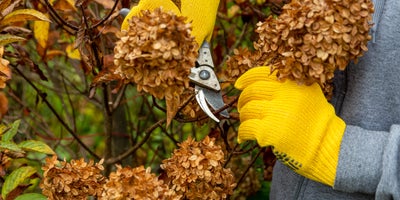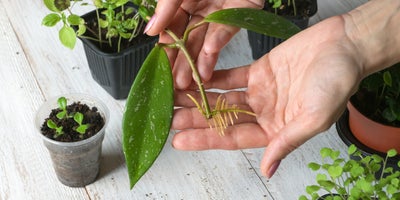Increase your stocks with root cuttings

If you want your perennials to look their best throughout the summer, it's crucial to provide them with the proper care and maintenance earlier on in the year. Regularly watering them, especially during the hotter months, ensures that they receive adequate hydration to survive and thrive. Additionally, applying a balanced fertiliser will supply essential nutrients needed for healthy growth and vibrant blooms. Finally, deadheading spent flowers can encourage continuous blooming and keep your garden looking fresh and beautiful all summer long. Any waste from your perennial plants can go straight on the compost heap if you have one.






